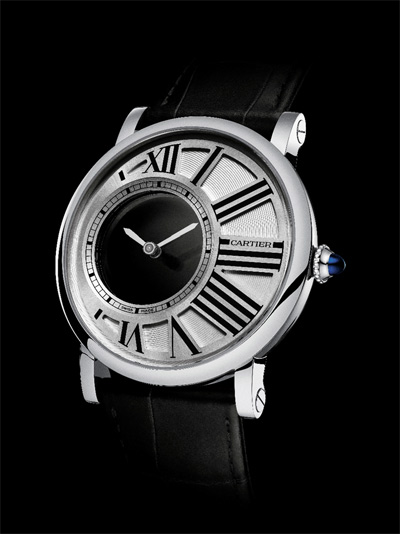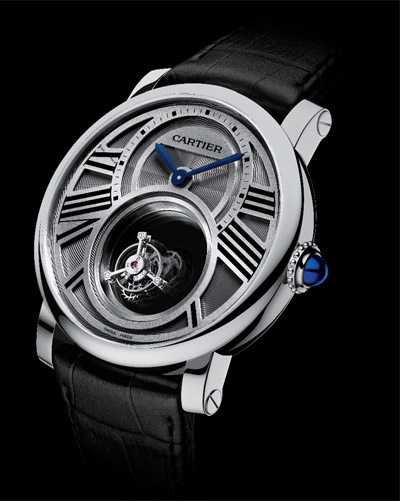Although Cartier has only had its own manufacture since 2001, its creations - in particular its ‘mystery movements’ - are built on a heritage that goes back to the beginning of the previous century.
“It’s so Cartier” was an oft-repeated phrase to be heard not so long ago – in the vicinity of the timepieces presented at the most recent SIHH. This self-evident conclusion was a natural reflex on the part of a good number of observers. Be that as it may, those for whom the rhetoric is backed up by the values in question are few and far between. Most watchmaking firms lay claim to creativity, authenticity and technical prowess - but the alchemy that results in such artistic creations resides not so much in being able to embody them as in the skill of getting the balance between them just right. And that’s precisely where Cartier excels.
Mysterious simplicity
“As far as we’re concerned, satisfaction means being able to offer timepieces that are compelling in terms of their simple aesthetic appearance, but which are also of exceptional technical complexity,” explains Thierry Lamouroux, Cartier’s Director of Watchmaking Development Marketing. This balance is especially present in the latest ‘mystery movements’ on offer from the firm.
Cartier’s history in this area dates back to the 1910s, based on the principle of the ‘mystery clock’ – designed by Jean-Eugène Robert-Houdin and made popular by Maurice Couet, exclusive supplier to Cartier and a master of this very particular art. The firm highlighted this heritage throughout twentieth century, regularly presenting new clocks – albeit in very small quantities, due to their intrinsic nature as highly exclusive timepieces.

From mystery clock to wristwatch
Transferring this unique knowhow to a case just a few millimetres thick is a completely different exercise. “For this type of project, in general you need to allow as much time for advance planning and drawing up the specifications as for time at the workbench,” insists Thierry Lamouroux, Cartier’s Director of Watchmaking Development Marketing. “For mystery timepieces such as our flying Tourbillon or the Rotonde, the creative process takes around five years.”
Naturally, the availability of the in-house financial and human resources of a leading firm is a significant advantage – one that Cartier is not shy about. Indeed, the La Chaux-de-Fonds manufacture can rely on no fewer than thirty people responsible for developing movements – and with all the skills needed to turn the brand’s watchmaking vision into reality.
In this respect, although it is over one hundred and sixty years old, Cartier attaches just as much importance to in-house collaboration as a brand new start-up would. “No single individual, however brilliant they may be, has the ability to design and produce timepieces of this kind on their own”, explains Thierry Lamouroux from Cartier. “We are a young manufacture, just over ten years old, and we’re committed to maintaining the creative flair that permeates our different departments.”
Cartier clients have been enthusiastic, regardless of age, gender or taste. “Even though we keep our men’s and women’s collections clearly distinct from each other, we always get women who will snatch up our 45mm men’s watches as soon as they come out, and I doubt that’ll ever change!” says Thierry Lamouroux with a smile. One of the main reasons for this undying appeal is that the firm has always built on its heritage, even as it adds its contemporary and timeless touch. The other reasons? They’ll probably remain as much a mystery as its legendary movements.






